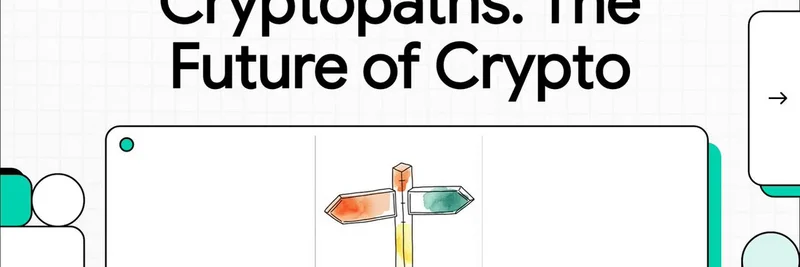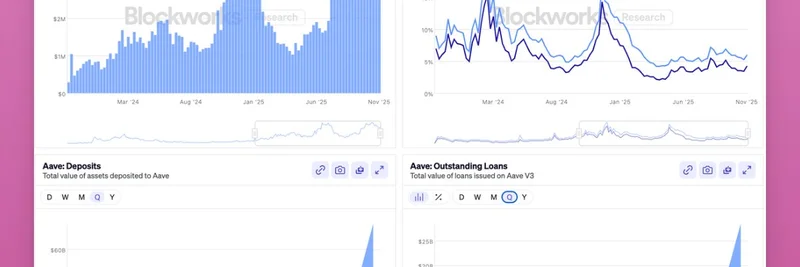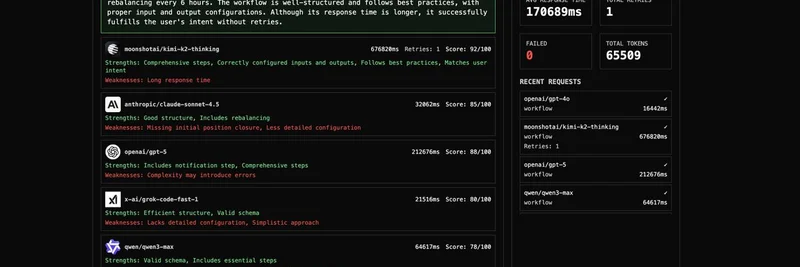The crypto world is at a crossroads, with two distinct paths emerging: one leading to freedom and the other to control. This concept, vividly illustrated in a recent X post by hitesh.eth, offers a compelling vision of the future of cryptocurrency. Let's break it down and explore what this means for the blockchain community.
The Two Paths of Crypto
The post begins with a striking image of a signpost, symbolizing the divergence in the crypto landscape. On one side, we have the "Path of Anarchy," characterized by more degeneracy, freedom, permissionlessness, and a lack of government control. On the other side lies the "Path of Control," which emphasizes order, regulation, compliance, and an institution-focused approach.
This bifurcation is not just theoretical; it's already happening. The crypto world is splitting into two parallel paths, creating two distinct economies. It's not a matter of choosing one over the other but recognizing that both will coexist.
The Dream of Anarchy
The "Path of Anarchy" traces its roots back to the philosophical origins of crypto-anarchism, as outlined in Timothy C. May's 1988 "Crypto Anarchist Manifesto." This manifesto laid the groundwork for a vision of a world beyond government control, where encrypted exchanges ensure total anonymity, freedom of speech, and freedom to trade.
The journey to crypto anarchy has been marked by significant milestones:
- 1988: The Crypto Anarchist Manifesto outlines a vision for a world beyond government.
- 2008: Bitcoin's whitepaper introduces a practical tool for decentralization.
- Today: Ethereum and other platforms provide the infrastructure to build the crypto anarchy state.
This path is encapsulated in the rallying cry, "Arise, you have nothing to lose but your barbed wire fences!" It's a call to embrace a world where traditional barriers are dismantled, and new forms of value and interaction emerge.
The Wild West Reality
However, the reality of this anarchic path is far from utopian. It's a world where "everything is tokenized," from opinions and trends to memes and research papers. The mechanism behind this is the bonding curve, which allows for the instant creation of liquid markets for anything described in words.
In this anarchic landscape, you can trade almost anything:
- Opinions
- Trends
- Memes
- Gossip
- Research Papers
- Recipes
- Reputation
But this freedom comes with a caveat. It's a world of tokenized beliefs, where value is driven by speculation, and powerful actors can exploit the system for their own gain. The lack of regulation can lead to chaos, making it a challenging environment for trust and stability.
A Crisis of Trust
The anarchic path's primary challenge is trust. In a permissionless world, who can you actually trust? The chaos invites two solutions: one from the outside (regulation) and one from within (reputation systems).
The crypto solution proposed involves three steps:
- Verify Creators: Ensure on-chain history proves a project's creator is trustworthy.
- Verify Users: Allow creators to check the on-chain reputation of participants.
- Build Trust: Use cryptography to distinguish between good and bad actors.
This internal mechanism aims to mitigate the risks of bad actors without relying on external regulation.
The Great Divide Ahead
The future of crypto, according to the post, will be marked by a great divide triggered by U.S. regulation. This regulation will create a clear line separating the two worlds:
- Anarchy State: High-risk, high-reward, attention-driven, for degens and fast-movers.
- Regulated State: Stable, compliant, focused on revenue, for traditional investors.
The post warns that most of us will move to the regulated side if we don't fix the bad actor problem in crypto. The choice is stark: freedom or barbed wire fences.
Implications for Meme Tokens
For those in the meme token space, this divide is particularly relevant. Meme tokens often thrive in the anarchic, decentralized environment, where creativity and speculation reign supreme. However, the lack of trust and potential for exploitation can hinder long-term growth and adoption.
On the other hand, a regulated environment might offer stability and legitimacy, attracting traditional investors and potentially stifling the innovative, chaotic energy that defines meme tokens. The challenge for the meme token community will be to navigate this divide, leveraging the strengths of both paths while mitigating their weaknesses.
Conclusion
The future of crypto is not a binary choice but a complex landscape where freedom and control coexist. As we move forward, the blockchain community must grapple with these diverging paths, understanding their implications and working towards solutions that balance innovation with trust. Whether you lean towards the anarchic freedom of meme tokens or the structured stability of regulated crypto, the journey ahead will shape the future of digital finance.
For more insights into the evolving world of crypto and meme tokens, stay tuned to Meme Insider, your go-to source for the latest trends and technological advancements in the blockchain space.



